Denmark has an enviable reputation for sound waste management and is currently developing its waste management plan for the future. Also Copenhagen now has a very ambitious draft plan for a 70% recycling rate for the period up to 2024.
Danish Waste Plan
Annette Braunstein from DAKOFA, Denmark’s equivalent to the CIWM, explained the current context of waste planning. Denmark’s population is only 5.7M but has 25M pigs. Currently the Environment Ministry is working on a new waste plan to be initiated from 2020. Denmark’s 98 municipalities are grouped together for waste treatment and disposal into 32 inter-municipal companies, of which the largest is Westforbranding with 17 and ARC with 5. Although municipalities have a wide range of responsibilities, they no longer have any role for recyclable waste from industry and have no responsibility for waste prevention.
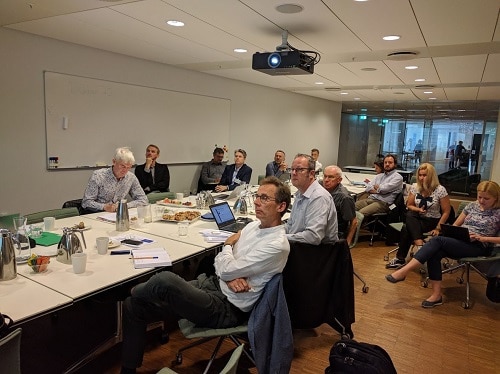
The municipalities have managed to achieve an overall Danish municipal waste recycling rate of 47% for 2017 and overall Denmark has a recycling rate of 69%, which includes a huge amount of C&D waste. In addition, there is the material generated by the deposit return system (DRS) which covers glass beer bottles, aluminium beverage cans and PET bottles of 0.5 and 1.5 litre capacity. The deposits are DKK 1 for glass bottles and metal cans less than 1 litre, DKK 1.50 for plastic bottles below 1 litre and DKK 3 (£0.36) for all bottles and cans 1-20 litres.
The ambition is Denmark without Waste with recycling more and incinerating less, given that only 2-3% of residual waste is landfilled. The aim is to recycle 50% by 2022 with 7 focus fractions identified within the Circular Economy (CE) package, mainly by increasing the separation of organic waste from households, although only 32 municipalities have food waste separation collections at present. The food waste is being processed by anaerobic digestion (AD) together with pig slurry on farms for energy recovery and land spreading of the digestate.
Denmark is focussing on improving quality of recyclable wastes, because it is recognised throughout the waste management sector that quality is key to the evolving CE priority. Denmark has always lagged behind most other EU countries with respect to the recycling of plastics waste despite its DRS. This shows clearly in that with respect to packaging, only 15% of Danish plastic packaging waste is recycled, including the DRS outputs. However, Denmark’s record on the recycling of metal packaging is exemplary, 111%, due to the fact that there are huge amounts of personal imports of canned beer from over the border in Germany. The implications of the new EU system for measuring what is recycled will have serious implications for achieving the new higher CE targets that have been set for both municipal waste and packaging waste recycling.
In future Denmark will need to not only meet the new EU recycling targets but to introduce extended producer responsibility (EPR) as it has been one of only two EU MSs to not introduce EPR for packaging hitherto.
There is over-capacity for incineration in Denmark with its 32 incineration facilities, only one of which is privately operated, and part of that excess capacity is being filled by imports of recoverable waste from the UK, with 40% of imports of recoverable waste into Denmark coming from the UK. In the Italian region of Lombardy there had been concern that they would face that same scenario of excess incineration capacity. However, this has not occurred, due to the need to process the residues from waste sorting plants and organic processing facilities in the region.
Copenhagen’s New Waste Plan 24
One of the main objectives of Copenhagen’s overall environmental planning is to ensure that Copenhagen is carbon neutral by 2025. Bo Gottlieb, from the City of Copenhagen, outlined the next Resource and Waste Management Plan 24 developed by the City and how this would assist with that broader objective. This waste plan has yet to be finally approved but has been sanctioned for public circulation by the City’s politicians and should be finally approved by the City administration in the next 2 months.

The current population of Copenhagen is in excess of 600,000, with 90% of households in apartments, and is growing at 2% pa. There is collection of separated recyclable wastes at households with the waste collection fee being included as a separate item in households’ property tax demand. The only way of reducing this fee is to opt for a reduced collection of residual waste, but this is obviously mainly available to the small minority of single family households. The estimated cost increase for the annual waste fee is €120 per household (21%). Therefore there will be a period of public consultation to determine whether this acceptable to the majority of Copenhagen’s households.
Copenhagen plans to use more of its public space for waste collection by, for example, using that space for underground storage facilities for recyclable waste, wherever appropriate.
The target for 2024 is for 70% household waste to be recycled compared to the 45% target for this year, which Bo Gottlieb was confident would be achieved. From current analyses the input into the previous and current incineration facility shows that of the inputs there are the following proportions:
41% bio-waste – mainly food waste
35% recyclable – not sorted at the household
14% incinarable, – disposable diapers and vacuum cleaner bags, for example
5% non-incinerable – e.g. material from home improvement
1% special treatment – hazardous waste that should be separated for treatment
One of the other ways of reducing the City’s waste carbon impact is to increase the amount of waste re-used and the aim is to treble re-use over the period to 2024.
Obviously there will have to be a huge effort to persuade the population of Copenhagen to be even more assiduous in their separation of waste streams than at present. A lot of exemplary peer pressure behaviour to persuade neighbours to do the right thing will be necessary.
This plan also involves a range of measures including: food waste collection for all, collection of all household plastics and processing of residual waste to extract more recyclable waste and the rest being subject to energy recovery. In order to make food waste recycling more acceptable to residents living in apartments the City provides not only colourful caddies to sit on the work surface but supplies compostable bags to enable food waste to be carried down to the food waste bin in the apartment courtyard.
Overall this ambitious plan requires investment in high efficiency CHP EfW plant, a dirty MRF and an AD plant for the food waste. For all these facilities Copenhagen has joined forces with 4 neighbouring municipalities. Three of the five, including part of Copenhagen are located on Amager Island, where the airport is sited in the south, and the tunnel/bridge link to Malmo is situated. Fredericksberg is virtually an enclave of Copenhagen to the west and Hvidore is close by to the south west of Amager Island and has ARC’s only landfill site.
ARC – Amager Resource Centre
The residual waste from Copenhagen is treated at the new EfW plant at Amager Resource Centre. This is a facility which replaces the previous EfW plant, which had been operating from 1970 until 2017 when the new plant took over and it has been operational since July 2017. On 7 May 2018 the 5 mayors of the constituent municipalities agreed that the old incinerator will be carefully demolished in conformity with Denmark’s strict re-use and recycling requirements for all demotion contracts to be replaced by a dirty waste MBT plant costing DKK 8M (£10M) by 2022/3. The AD plant will be located in one of two other municipalities yet to be decided.

Since 2012 in order to improve the City’s carbon footprint the City has focussed on taking plastic out of the waste stream, including the residual waste stream. The collection of hard plastics from households started at that time and spread to all households over the next 4 years and then in 2017 the City started progressively to collect all plastics from households. The collections from single households are less of a problem than multi-household collections where 600 litre containers are commonly used and these sometimes contain large items such as plastic chairs, large buckets and trays and ARLA dairy boxes, often used on bicycles as shopping baskets.
Martin Tilsted from the City of Copenhagen explained the reasons for ARC investing in a pilot plastic sorting plant in 2017 on a site next to the incinerator. This project, supported by the EU and run in collaboration with 3 other European cities which focus on other difficult waste streams such as wood with three other cities, was to look for potential markets for Copenhagen’s flexible plastics from households and particularly to avoid them being down-cycled. The potential markets being explored include waste collection bins, of which Copenhagen has 175,000, water pipes and a range of agricultural plastic products. Also the potential application for food-grade plastics is being examined and looks very promising, even for black plastic food trays. However, this would need certification for the new plastic source to be officially recognised.
There is 90% PE content in the film streams from source separated plastics from households, mainly the 3,000 tonnes of shopping bags used for transferring recyclable waste to recycling containers. These items can be separated in a very pure fraction use NIR (near infra-red) sorting equipment.
Removing PS and the carbon black plastic items could help to increase the recycling rate by approximately 10%. Also paper labels are another potential contaminant. These issues are being examined with product suppliers specifying packaging options in Denmark with some agreement in restricting the types of plastic used already endorsed by some companies.
Working with industrial partners has shown that there is considerable potential for the use of PE films to be granulated and the powder used for rotational moulding. A 20% recycled powder addition is acceptable for most applications and for some 100% is acceptable, for instance for waste buckets. In other cases the PE film can be processed and pelleted and used for injection moulding or extrusion moulding. In all cases for the materials incorporated into new products there will be the need to ensure that these products are themselves recyclable.
The pilot plastics sorting plant cost DKK 5M (£0.6M) but is only capable of sorting 1,000 tonnes per annum. There is an elevated hopper loaded by a bucket shovel, then a short conveyor used either for hand sorting of particular items, such as black plastic trays on the day we visited, but normally to remove large and obvious contaminating materials. After the hand sorting there is a wind sifter, a magnetic extraction overhead belt, an eddy current sorter and a NIR sorter.
As for the future, Copenhagen is the lead in a consortium of municipalities which is guanteeing at least 15,000 tonnes per annum of mixed plastics for 15 years to any contractor willing to set up a sorting plant. At present Copenhagen’s plastic waste is being baled in a facility next to the pilot plastics sorting plant for export. The 350kg bales are sent to north Germany to be sorted and processed there, for which Copenhagen is paying the costs of baling and sorting as well as transport.
The ARC Energy from Waste Plant
The new Copenhagen incinerator Amager Bakke is famous for two design aspects: the smoke rings from the stack and the ski slope on the roof. In fact the smoke ring option was omitted from the final design as it would have cost too much and the artificial ski slope is still in the early stages of preparation but should be finished in 6-8 months but tree planting has already started. The slope also incorporates walking routes and a café at the top. A side elevation incorporates a 85m climbing wall. All these facilities are to be run and managed by a company not controlled by ARC.
Peter Blinndesberg, Quality Manager for ARC explained that the EfW plant capacity is 160,000 tpa and cost $670M (£540M). The waste processing cost is projected at DKK 600 per tonne, comprising 170 for sorting, 405 for incineration but offset by DKK 35 from sales of electricity and heat, when the new residual waste sorting system is in operation. The 30,000 tpa food waste AD plant will cost DKK 120M with DKK 420 tonne processing costs and the bio-methane used as a fuel, initially for buses but if they go electric or hydrogen powered in the near future it can be used for refuse collection trucks. The composted digestate will at best be given away to local farmers.
ARC employs 200 staff with half working in the EfW plant, with currently several employed operating the feed cranes, which are designed to be automated and will be once technical problems have been resolved in a few months. Waste from the 5 municipalities is collected and delivered directly to the plant with no journey longer than 30 minutes. Half the waste comes from households and the rest from commercial and industrial sources. UK waste could be imported but it would only be permitted for the heating season from December to March. The waste is deposited into the tipping pit which can hold 22,000 tonnes.
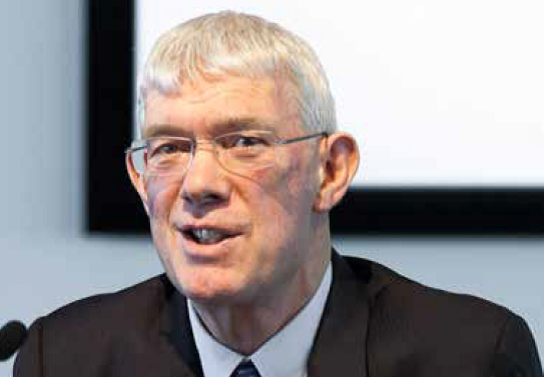
The plant throughput is a maximum of 70 tonnes per hour with two lines and with considerable flexibility for power and heating provision to optimise operating efficiency, 30%. This high efficiency is being achieved through operating the boilers at high temperature, 950-1100oC and high pressure, 70 bar, plus considerable effort to retain heat for the district heating system through heat exchangers. The flue gas cleaning is also state of the art with the electrostatic precipitator operation being undertaken initially and at higher than normal temperatures before gas treatment for NOx, HCl, heavy metals and other gases, including SO2 which in treated with lime to produce gypsum. The water vapour and gas cleaning residues are treated to enable the effluent to be returned to the sea.
Christian Kahle from the WtE department at Ramboll explained that even the bottom ash from the EfW plant is being processed through a technology designed to extract more of the ferrous and non-ferrous metals from the slag. This has been helped in the Amager Bakke plant by the adoption of a semi-dry process for bottom ash quenching, which reduces oxidation and other chemical reactions with the metals in the ash. The system also involves sorting waste into seven size fractions and processing each for metals recovery. Only the under 0.5mm size fraction is not processed. Overall there is a 0.8% improvement in metals extraction compared to previous methods of bottom ash processing. However, as is the case with all other EfW plants in Denmark, Amager Bakke’s processed bottom ash is utilised as sub-base road building material.
Conclusion
With the current EfW plant in operation and plans in hand for the recovery of food waste from all households, more source separation of dry recyclables, sorting of recyclables at the dirty MRF and only subjecting non-recyclable wastes to incineration the waste in Copenhagen will be as wonderful as the rest of the City.






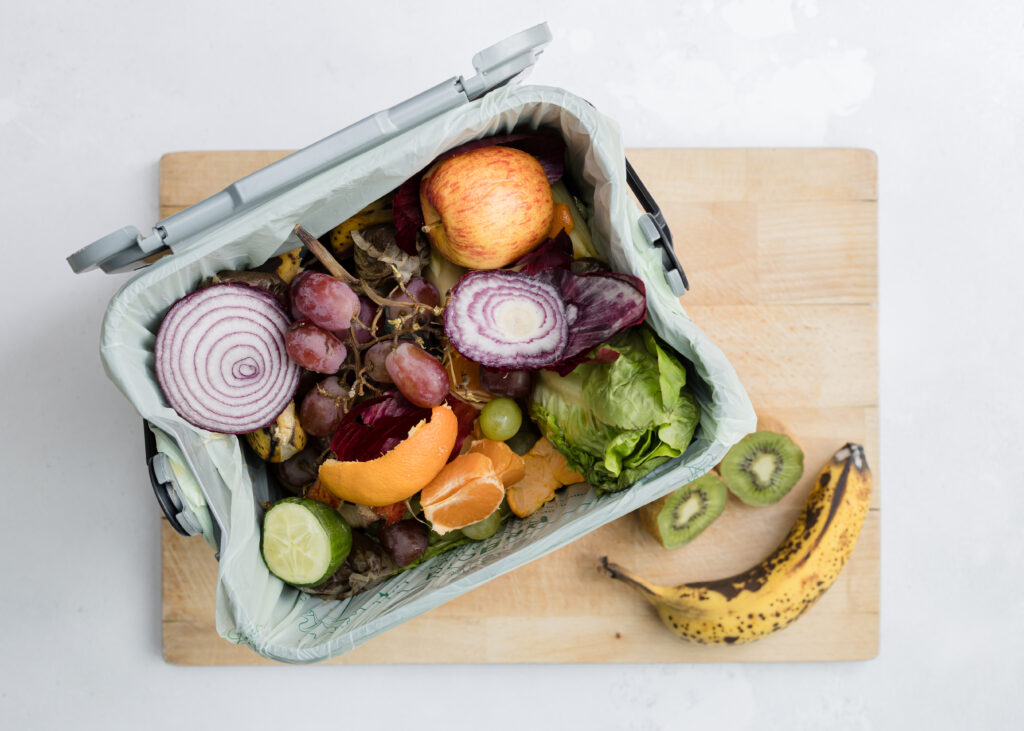

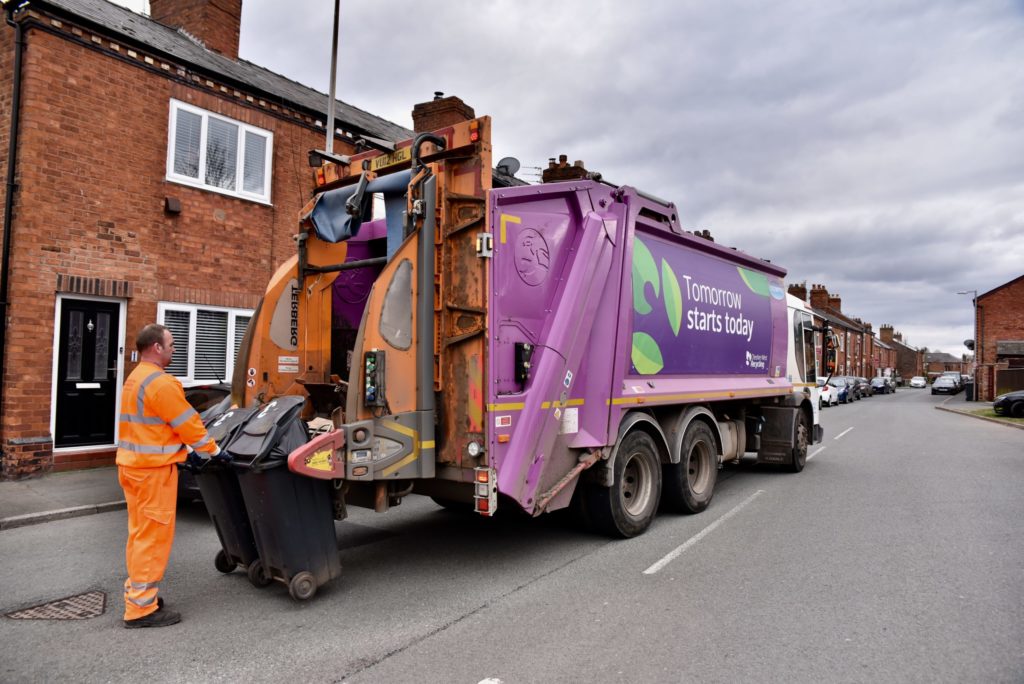
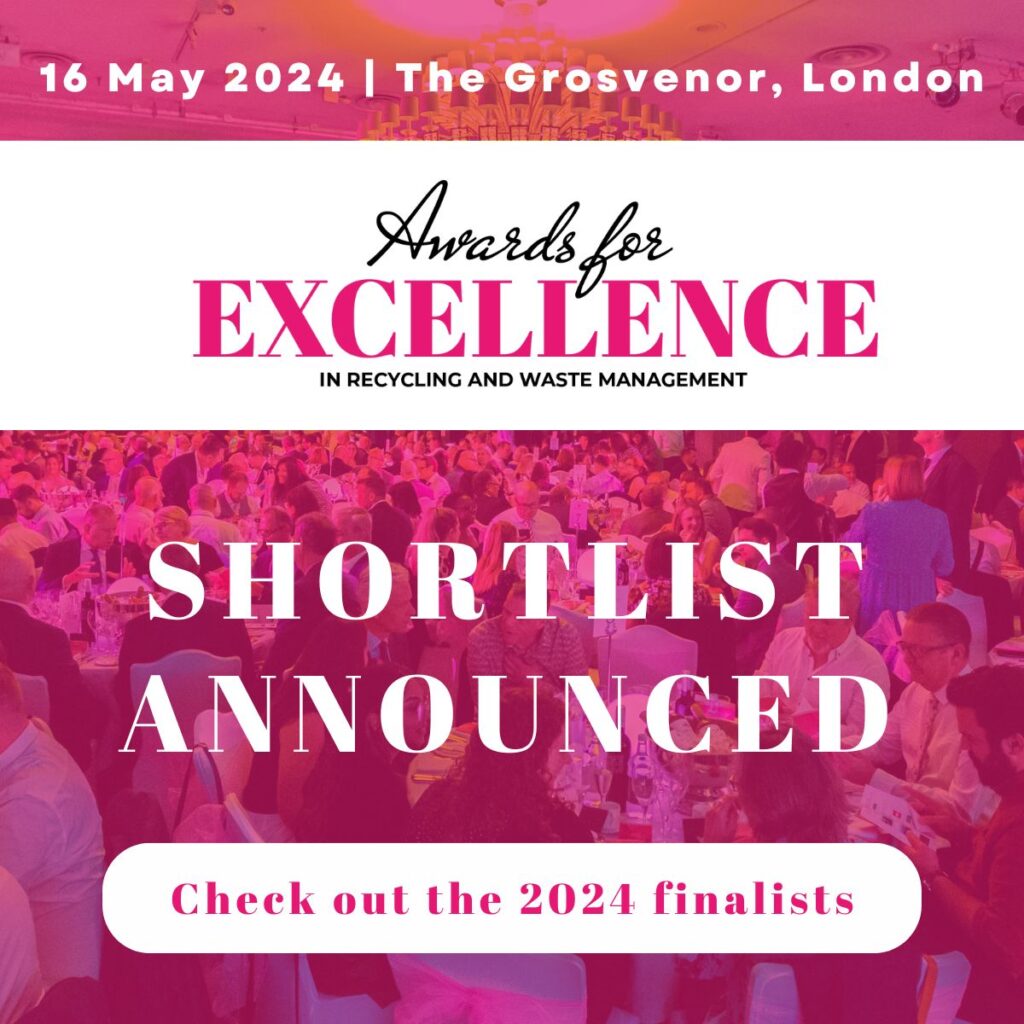

Subscribe for free